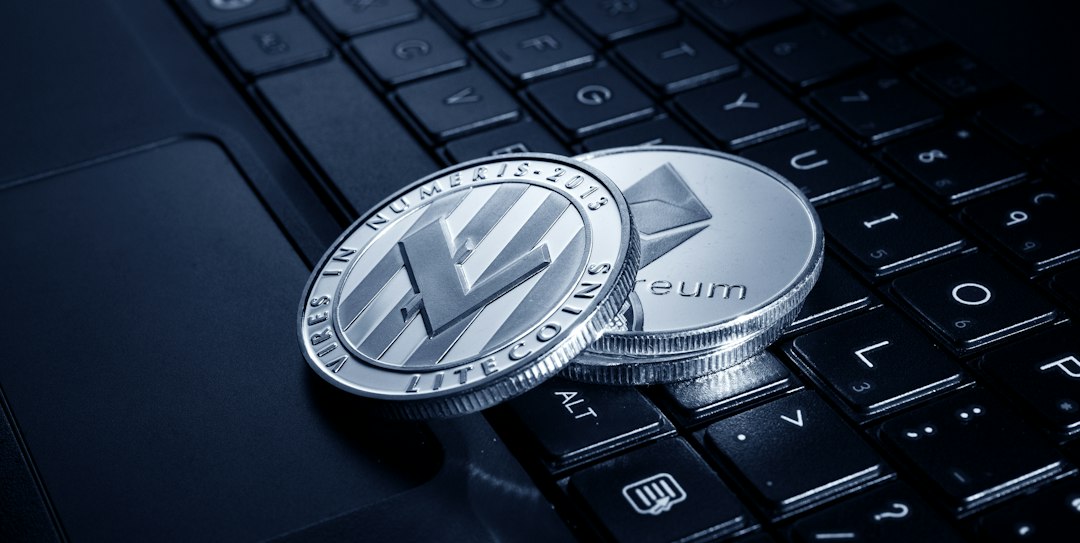Reserve Coin vs. Traditional Fiat Currency: A Comparative Analysis
Are you curious about the differences between Reserve Coin and traditional fiat currency? In this article, we will explore the key distinctions between these two forms of currency, and how they impact your financial transactions and investments.
What is Reserve Coin?
Reserve Coin is a type of cryptocurrency that is designed to be more stable than other digital currencies such as Bitcoin or Ethereum. It is pegged to a basket of assets, including traditional fiat currencies, commodities, and other cryptocurrencies, in order to maintain a stable value.
One of the key benefits of Reserve Coin is its stability, making it an attractive option for those who are wary of the volatility often associated with other cryptocurrencies.
What is Traditional Fiat Currency?
Traditional fiat currency refers to the physical money issued by a government, such as the US dollar or the euro. Unlike Reserve Coin, fiat currency is not backed by any physical asset or commodity, and its value is largely determined by government regulations and economic factors.
While fiat currency has been the dominant form of money for centuries, it has faced criticism for its susceptibility to inflation and devaluation.
The Key Differences
When it comes to comparing Reserve Coin and traditional fiat currency, there are several key differences to consider. One of the most notable distinctions is their backing: while Reserve Coin is backed by a basket of assets, traditional fiat currency is not backed by any physical commodity.
As mentioned earlier, one of the main advantages of Reserve Coin is its stability. This means that its value is less likely to fluctuate wildly compared to traditional cryptocurrencies like Bitcoin or Ethereum. On the other hand, traditional fiat currencies can be subject to inflation and devaluation due to economic factors and government policies.
Another important difference between Reserve Coin and traditional fiat currency is their accessibility. With Reserve Coin being a digital asset, it can be easily transferred across borders without the need for intermediaries like banks or financial institutions. This makes it particularly attractive for individuals living in countries with unstable economies or limited access to traditional banking services.
Fiat currencies are regulated and controlled by governments and central banks, which can have a significant impact on their value and stability. In contrast, Reserve Coin operates independently from any central authority, giving users more control over their own finances.
Which One Should You Choose?
So, which form of currency should you choose? The answer largely depends on your individual circumstances and financial goals. If you are looking for a more stable form of digital currency with global accessibility, Reserve Coin may be the right choice for you. On the other hand, if you prefer to stick with the familiarity and stability of traditional fiat currency, then that may be the best option for you.
Symbols and Acronyms
– USD: United States Dollar
– EUR: Euro
– BTC: Bitcoin
– ETH: Ethereum
FAQs
Yes, Reserve Coin is legal in most countries where cryptocurrency trading is permitted. However, it’s important to check your local regulations before investing in any digital currency.
Yes! Many merchants now accept Reserve Coin as a form of payment for goods and services.
You can invest in Reserve Coin through various cryptocurrency exchanges or investment platforms. Just make sure to do your research before investing!
In conclusion,
When comparing Reserve Coin vs. Traditional Fiat Currency: A Comparative Analysis,
It’s essential to consider your individual circumstances
and financial goals when deciding which form of currency
is right for you.
Remember,
Researching thoroughly before investing
in any form of currency
is crucial to making informed decisions
about your finances.
So whether you choose
Reserve Coin or traditional fiat currency,
make sure you’re comfortable
with your decision
and aware of any potential risks
or benefits.
Happy investing!





 By
By
 By
By
 By
By
 By
By
 By
By